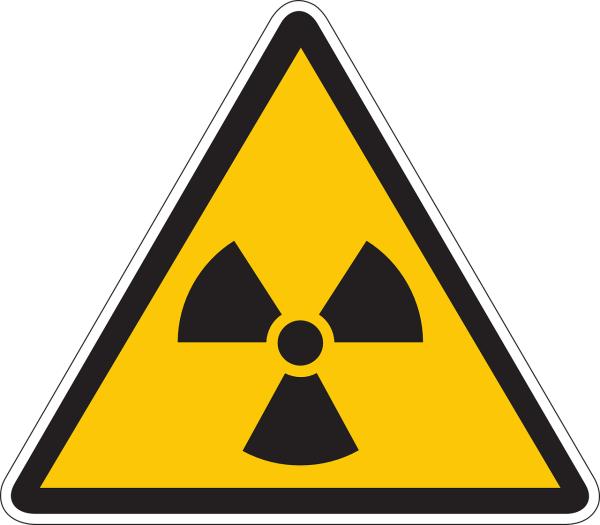The story in the Sun, speculative to the point of being irresponsible, also suggested that uranium is potentially lethal and might be used to fashion a nuclear weapon. Reporting by Reuters and the BBC was more restrained and responsible. But for the moment, let’s look at the Sun’s claims.
- Using uranium in a dirty bomb is a pretty dumb idea because uranium is so weakly radioactive that you’d need a few tons of uranium to give you the same amount of radioactivity found in a single gram of cesium-137. Uranium is so weakly radioactive that I’m honestly surprised it was detected at all (I once made measurements of a 65-pound piece of uranium metal and got no readings at all from just five feet away).
- Uranium lethality is also a great exaggeration. I’ve already told you why it’s not a radiation hazard; on the other hand, uranium is a toxic heavy metal that, if inhaled or ingested, can attack the kidneys and bones. The National Academy of Sciences published a report about the health effects of the battlefield use of depleted uranium munitions [1], studying (among other things) the health impacts of tank crews in tanks accidentally shot with depleted uranium munitions. The conclusion was that while high levels of uranium intake pose a health risk, uranium is not extraordinarily dangerous. Contrary to yet another statement in The Sun’s article, uranium is not nearly toxic enough to be used in an assassination plot.
- Using uranium for nuclear weapons is certainly possible. Still, shipping uranium from Pakistan to Iranians in the UK, as the Sun suggested, is not a good way to go about it, if for no other reason than the risk of being picked up in a radiation survey. Not only that, but trying to turn natural uranium, let alone depleted uranium, into weapons-grade material requires billions of dollars of equipment; this is something that nations do, not terrorists.
What do we know, not know, or hasn’t been reported
We don’t quite know the chemical or physical form of the uranium that was found. Processed uranium oxide, also known as yellowcake, could tell a different story than finding rocks or minerals (such as granite or several rare earth ores). Finding uranium metal tells yet another story. Not only that, but there’s no indication of whether the uranium found was enriched, depleted, or natural. Enriched uranium could be reactor fuel pellets; depleted uranium could be a radiation shield or an industrial catalyst; natural uranium could reflect the presence of uranium ore or any of several uranium compounds (uranyl acetate, for example, has been used in electron microscopy). Knowing only that uranium was found tells us very little – too little to know whether this is a big deal or an accident of some sort.
Something else we don’t know is how much uranium is present other than that the Reuters story said it was “extremely small.” But “extremely small” could be a few radioactive rocks, such as the ones I use for training when looking at the mass of uranium, it could be a few pounds of depleted uranium (if we’re looking at the amount of radioactivity), it could be contamination on objects inside the package or could reflect the presence of any of many consumer products that contain traces of uranium (including some forms of antique glass, ceramic glaze, or even some older dentures).
Neither do we know if uranium was the only radionuclide present or if others were identified. Suppose the material consists of rocks or minerals. In that case, we’d expect to see radionuclides that form from the decay of uranium, things like radium, polonium, and radioactive nuclides of lead, bismuth, and more. If there’s only uranium, it suggests that uranium metal or a chemical compound containing uranium (e.g., uranium oxide) was present – something humans processed. We could infer that the fact that only uranium was mentioned implies that the uranium was the result of human processing, but we simply have no way to know.
What we do know from the BBC story is that the radioactivity appears to have been in a shipment of scrap metal, that there was enough radioactivity to set off a radiation detector, that the uranium was present in the form of contamination, and that the amount present is too little to pose a threat to public health.
I can think of all sorts of possible ways that uranium contamination might have ended up in a load of scrap metal, and I could go on and share my speculations with you, but I’d rather not. What I do feel comfortable saying, however, is that the amount of uranium found almost certainly poses no health risk to the public and that it’s highly unlikely to be part of some plot to make nuclear or radiological weapons. Beyond that, I’ll just have to keep checking the news to see what else comes out. If it’s anything interesting, I’ll let you know.
[1] Because of its significant density, depleted uranium is used as a protective barrier in tanks and munitions to increase their ability to pierce armor.




